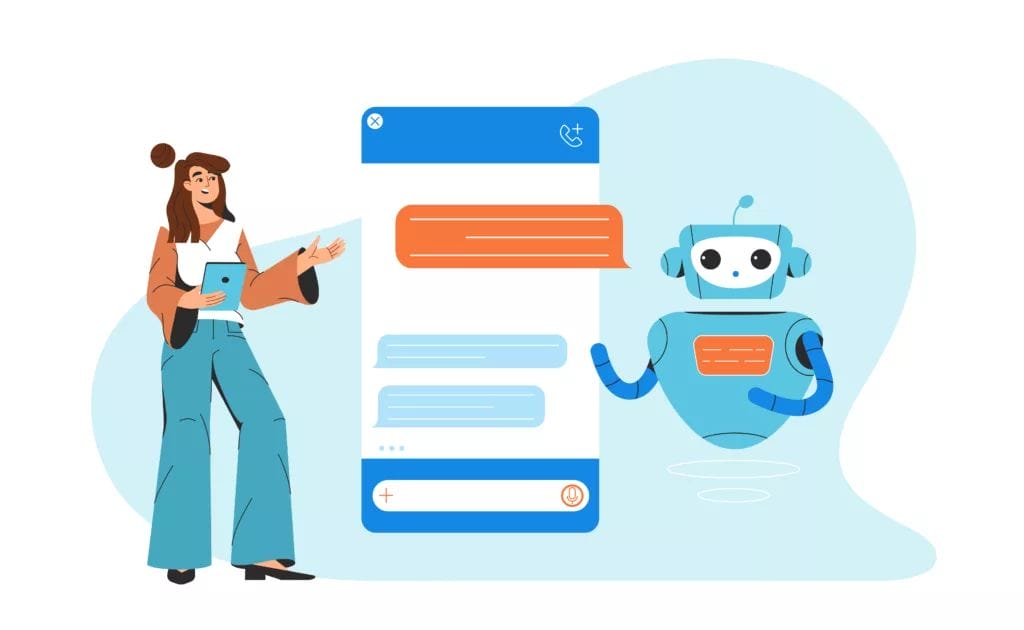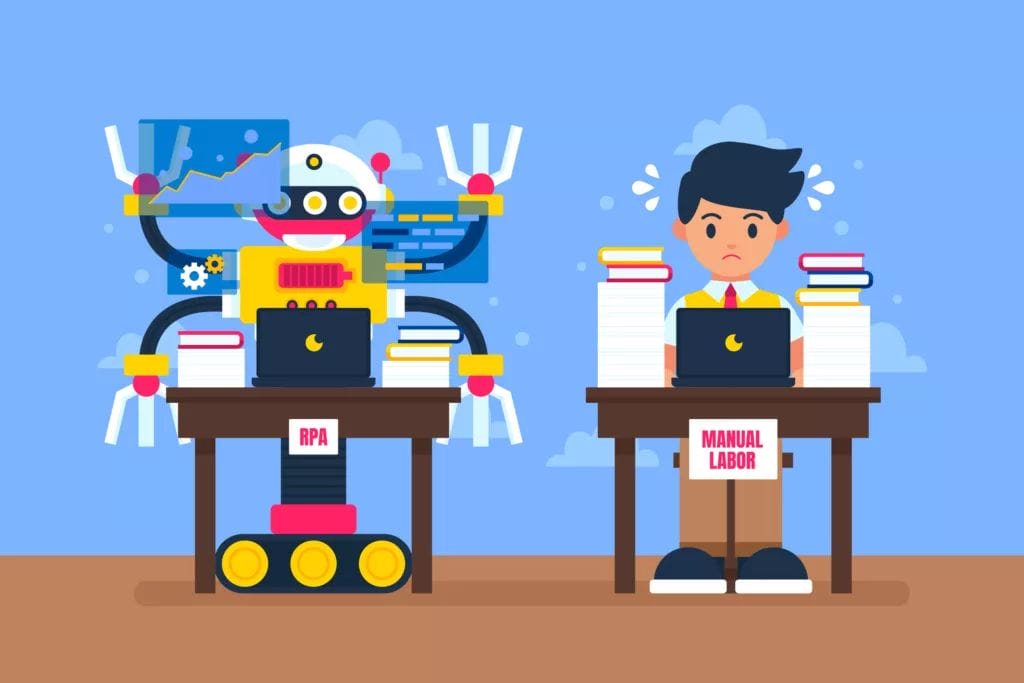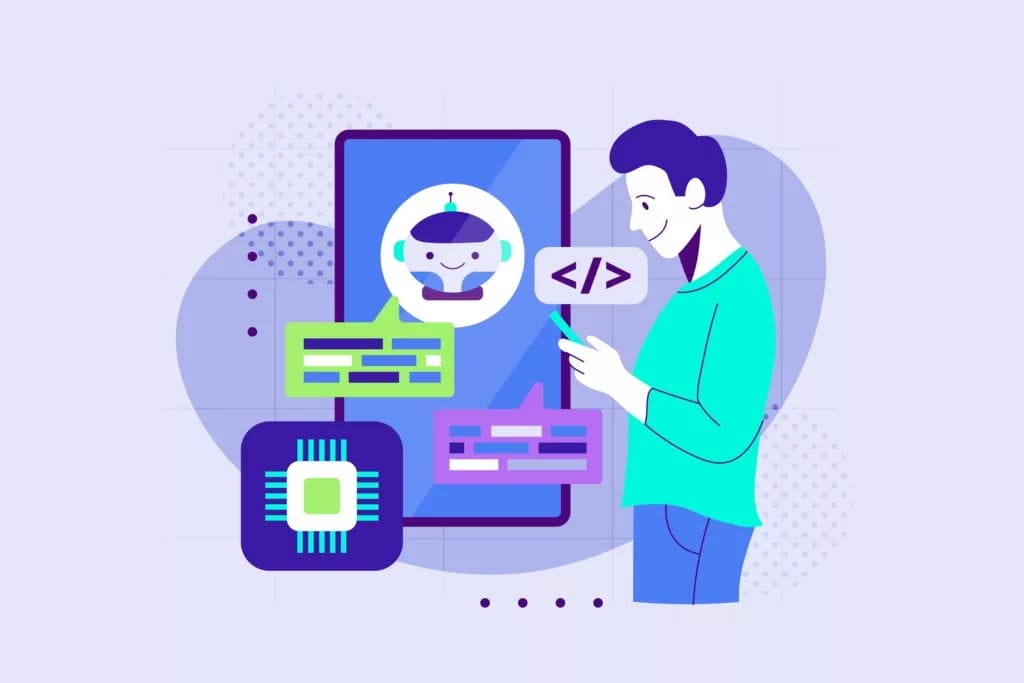
How Does GPT-4’s Evolution from GPT-3.5 Shape the Future of AI Applications and Business Strategy?
- GPT-4 offers significant improvements over GPT-3.5, including enhanced text understanding and generation capabilities.
- GPT-4 excels in performance, making it ideal for complex tasks requiring high levels of accuracy and creativity.
- Differences between GPT-3.5 and GPT-4 impact real-world applications, with GPT-4 being more suitable for a broader range of tasks and industries.
- Psycray provides expert guidance in choosing the right AI model, tailoring solutions to meet specific business needs and strategic goals.
- Staying updated with advancements in AI language models like GPT-4 vs GPT-3 is imperative for businesses and tech professionals to maintain a competitive edge.
The GPT-4 vs GPT-3 comparison reveals GPT-4’s superior text understanding and performance, making it more adaptable across industries. Psycray’s expertise in AI model selection ensures businesses meet their strategic goals, highlighting the necessity of staying current with AI advancements for competitive advantage.
Introduction

Can whispers from the past predict the symphony of the future? This question nudges our curiosity as we delve into the evolution of OpenAI’s language models, focusing on GPT-4 vs GPT-3.5. Both iterations mark significant milestones in the journey of AI development. Our article aims to dissect these advancements, laying bare the differences and similarities between GPT-3.5 and GPT-4.
We will explore how these technologies shape user experiences and impact businesses across various sectors. By comparing and contrasting GPT-4 vs GPT-3, we invite readers on an insightful expedition to gauge the progression of artificial intelligence and its broader implications. Let’s embark on this exploration to understand the nuances of these language models and what they herald for the future.
Understanding GPT-3.5
GPT-3.5, a precursor to the advanced GPT-4, represents a leap in AI’s capability to understand and generate human-like text. This iteration introduced refinements in natural language processing, making it a versatile tool across industries—from crafting personalized content in marketing to automating customer service responses. As we navigate the nuances of GPT-4 vs GPT-3, it’s crucial to acknowledge how GPT-3.5 laid the groundwork, enhancing creativity and efficiency in tasks once deemed exclusively human. Its applications, spanning creative writing to code generation, underscore its transformative impact and the potential pathways it opens for innovation.
Introducing GPT-4
With the release of GPT-4, OpenAI has once again set a new benchmark in the AI field. This version offers significant improvements over GPT-3.5, boasting enhanced understanding and generation of text. Furthermore, GPT-4 introduces groundbreaking technological advancements, setting a new standard in the GPT-4 vs GPT-3 evolution.
Comparative Analysis of GPT-4 vs GPT-3

Performance
When comparing GPT-3.5 and GPT-4, the latter stands out for its superior performance. GPT-4 excels in accuracy, speed, and efficiency, marking a significant leap forward. Moreover, this advancement translates into more refined and responsive AI applications. Furthermore, GPT-4’s improvements underscore its ability to handle complex tasks with greater ease and precision.
Language and learning capabilities
In the arena of language and learning capabilities, GPT-4 notably surpasses GPT-3.5. It demonstrates a profound understanding of context and excels at handling complex queries. Moreover, GPT-4’s enhanced learning algorithms enable it to grasp nuances and subtleties in language more effectively.
Furthermore, this model adapts more seamlessly to varied conversational tones and styles. Nonetheless, while GPT-3.5 laid a solid foundation, GPT-4’s advancements have significantly elevated its ability to interact and learn from human-like exchanges.
Practical applications
When it comes to practical applications, the differences between GPT-3.5 and GPT-4 become particularly evident. GPT-4, with its advanced capabilities, suits a broader range of tasks and industries, from healthcare to finance. Moreover, its enhanced understanding and processing skills make it ideal for complex problem-solving scenarios.
Furthermore, GPT-4’s improved adaptability enables more tailored applications in education and creative writing. Nonetheless, while GPT-3.5 has proven valuable, GPT-4 vs GPT-3 showcases a clear evolution in how AI can be applied across diverse fields, enhancing both efficiency and innovation.
User interface and accessibility
Comparing GPT-4 vs GPT-3.5 in terms of user interface and accessibility highlights GPT-4’s edge in ease of integration and use. GPT-4 not only streamlines the development process for creators but also enhances the user experience through a more intuitive interface. Moreover, its advanced features are accessible with fewer complexities, making it a preferred choice for developers aiming for rapid deployment.
Furthermore, GPT-4’s compatibility across various platforms ensures a smoother transition and wider accessibility. Nonetheless, GPT-3.5 laid the groundwork, but GPT-4 elevates the standard for user-friendly AI integration and application.
Real-World Implications and Applications of GPT-4 vs GPT-3
The differences between GPT-3.5 and GPT-4 significantly impact real-world applications, steering the direction in which businesses and developers might lean. GPT-4 vs GPT-3 delineates a clear preference for tasks requiring higher levels of understanding and creativity. GPT-4, with its advanced comprehension and nuanced language capabilities, becomes the go-to for industries like legal, healthcare, and content creation, where precision is paramount.
Moreover, its ability to generate more contextually relevant and complex outputs suits applications in AI-driven customer support and personalized education solutions. Furthermore, developers might still favor GPT-3.5 for applications where the enhanced capabilities of GPT-4 are not strictly necessary, considering cost and resource efficiency.
Psycray’s Perspective on GPT-4 vs GPT-3
From Psycray’s vantage point, the GPT-4 vs GPT-3 debate is more than theoretical—it’s a practical choice that affects our clients’ success. Through our experience, we’ve observed GPT-4’s superior performance in nuanced tasks, making it ideal for projects demanding high levels of creativity. Moreover, its advanced algorithms empower businesses in fields like marketing and AI-driven analytics to achieve groundbreaking insights.
Furthermore, we recognize GPT-3.5’s value in scenarios where efficiency and cost-effectiveness are paramount. At Psycray, we specialize in navigating these nuances, ensuring businesses leverage the right version for their specific needs. Nonetheless, our approach is consultative, tailoring AI solutions that align with our clients’ strategic goals, thereby maximizing their investment and driving innovation.
Looking to the Future of GPT-4 vs GPT-3

Speculating on the future, we at Psycray believe that the evolution from GPT-4 vs GPT-3 is just the beginning. AI language models will continue to grow in sophistication, offering unprecedented capabilities. Moreover, for businesses and tech professionals, staying abreast of these advancements is not just beneficial—it’s imperative.
Furthermore, the ability to quickly adapt to and implement the latest AI technologies can provide a competitive edge, driving innovation and efficiency. Nonetheless, as these models evolve, so too must our strategies for leveraging them, ensuring that we remain at the forefront of technological progress.
Conclusion
In conclusion, the journey from GPT-4 vs GPT-3.5 unveils key advancements in AI language models, highlighting improved accuracy, efficiency, and adaptability. Choosing the right model is crucial, depending on specific needs and applications. Moreover, Psycray stands ready to offer expert guidance and implementation support for integrating these advanced AI solutions.
We encourage readers seeking to leverage AI language models to consider Psycray for comprehensive consultations and services. For further inquiries, please contact us at Contact Us – Psycray. Let’s navigate the future of AI together, harnessing the full potential of these remarkable technologies.

